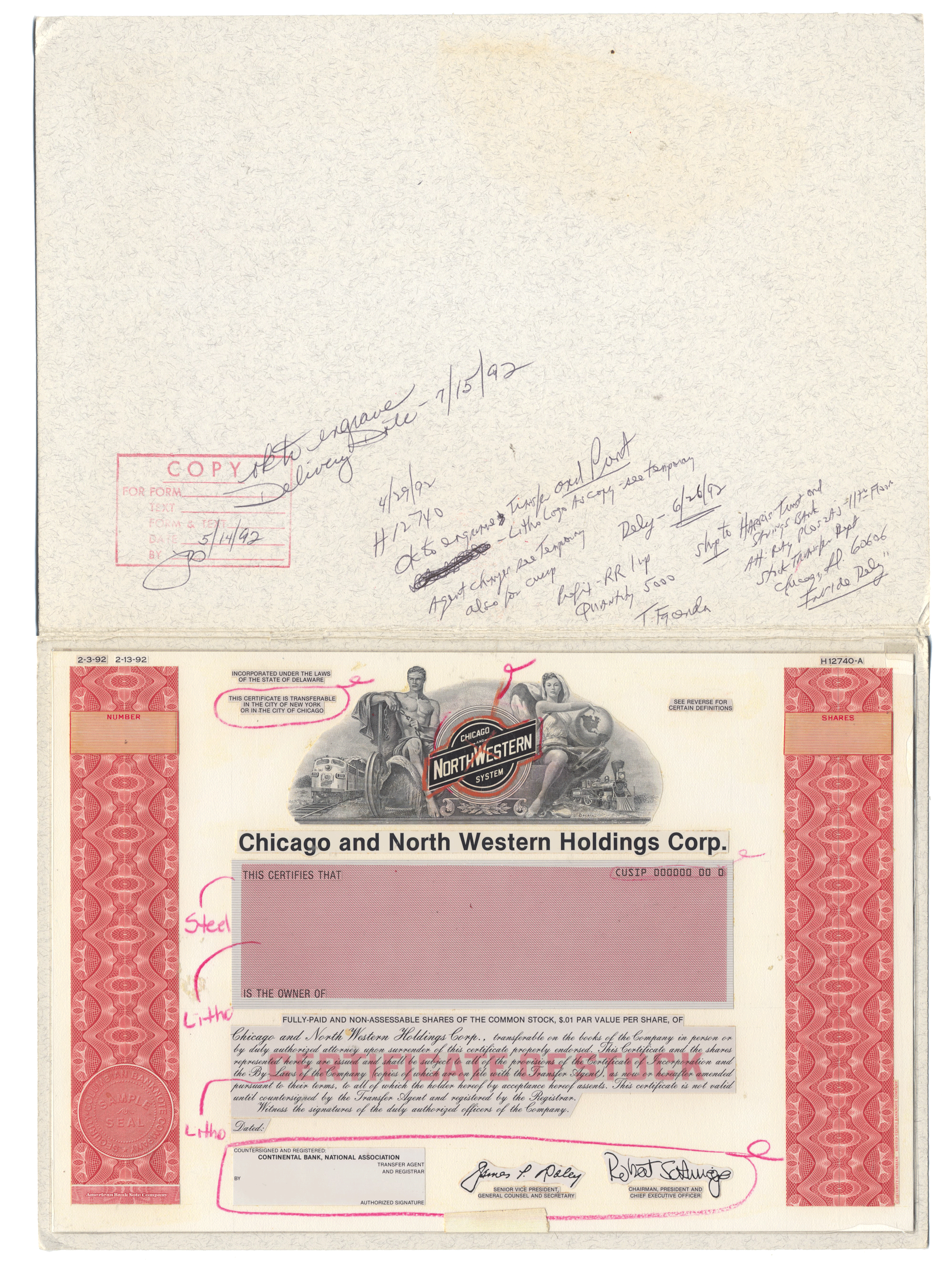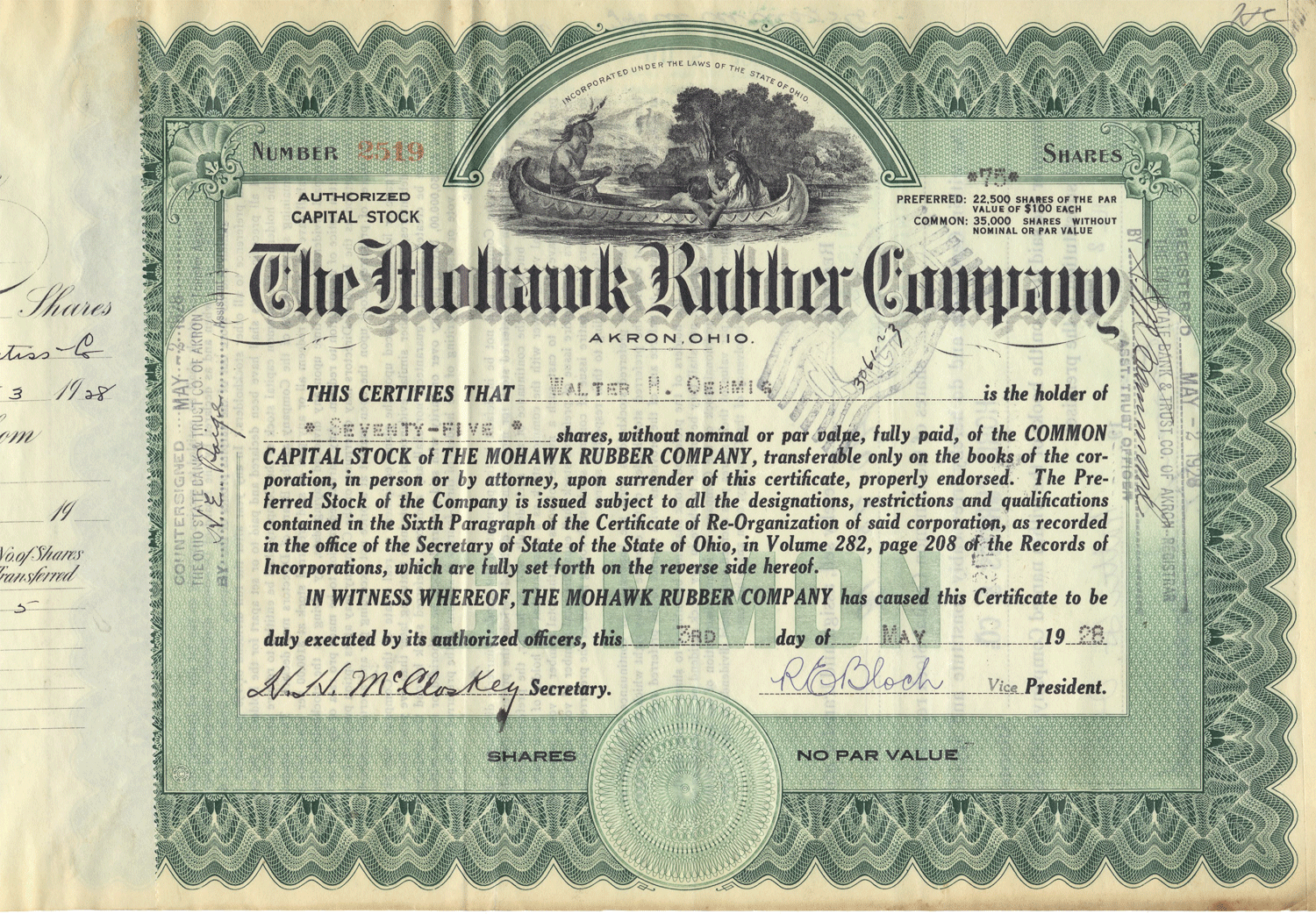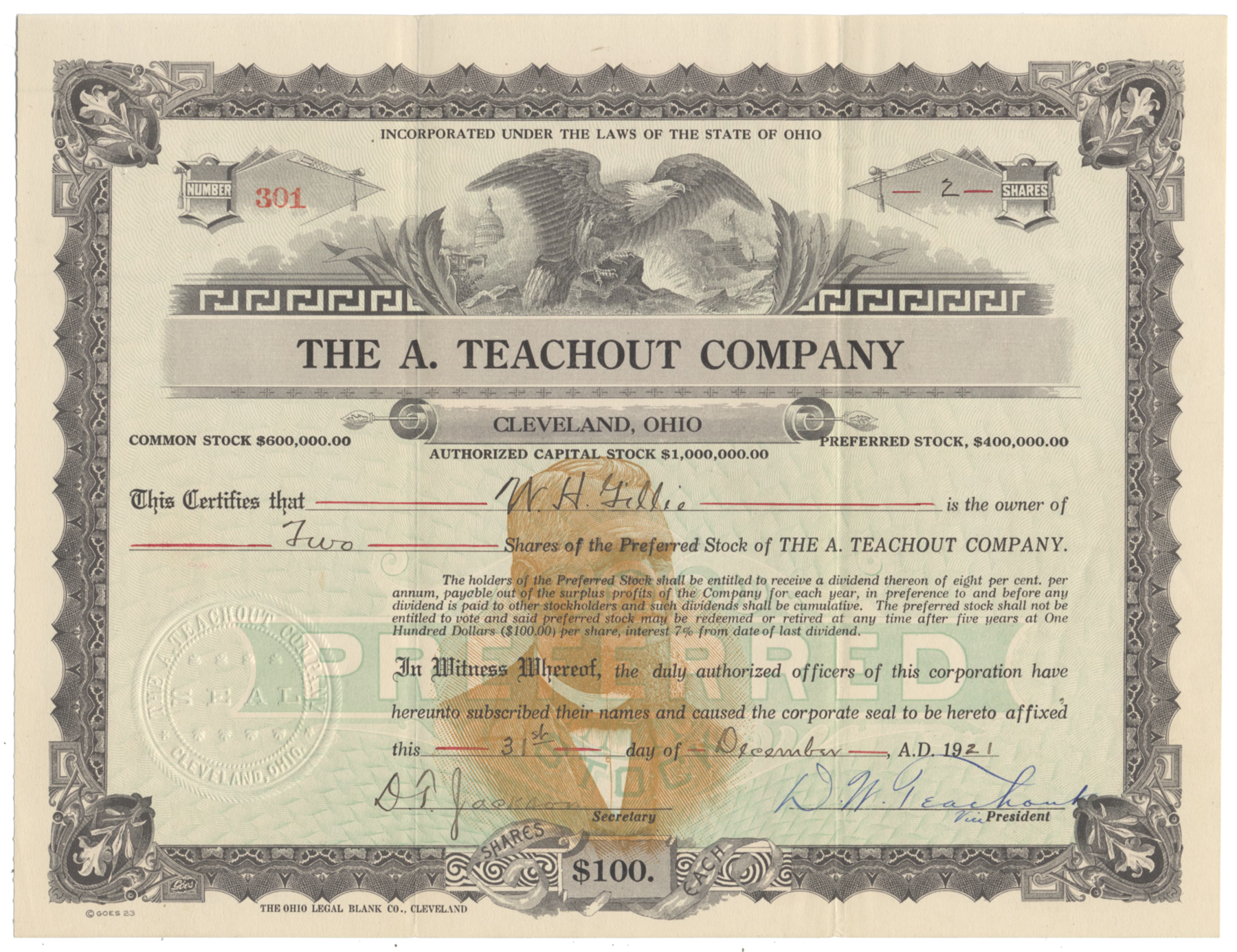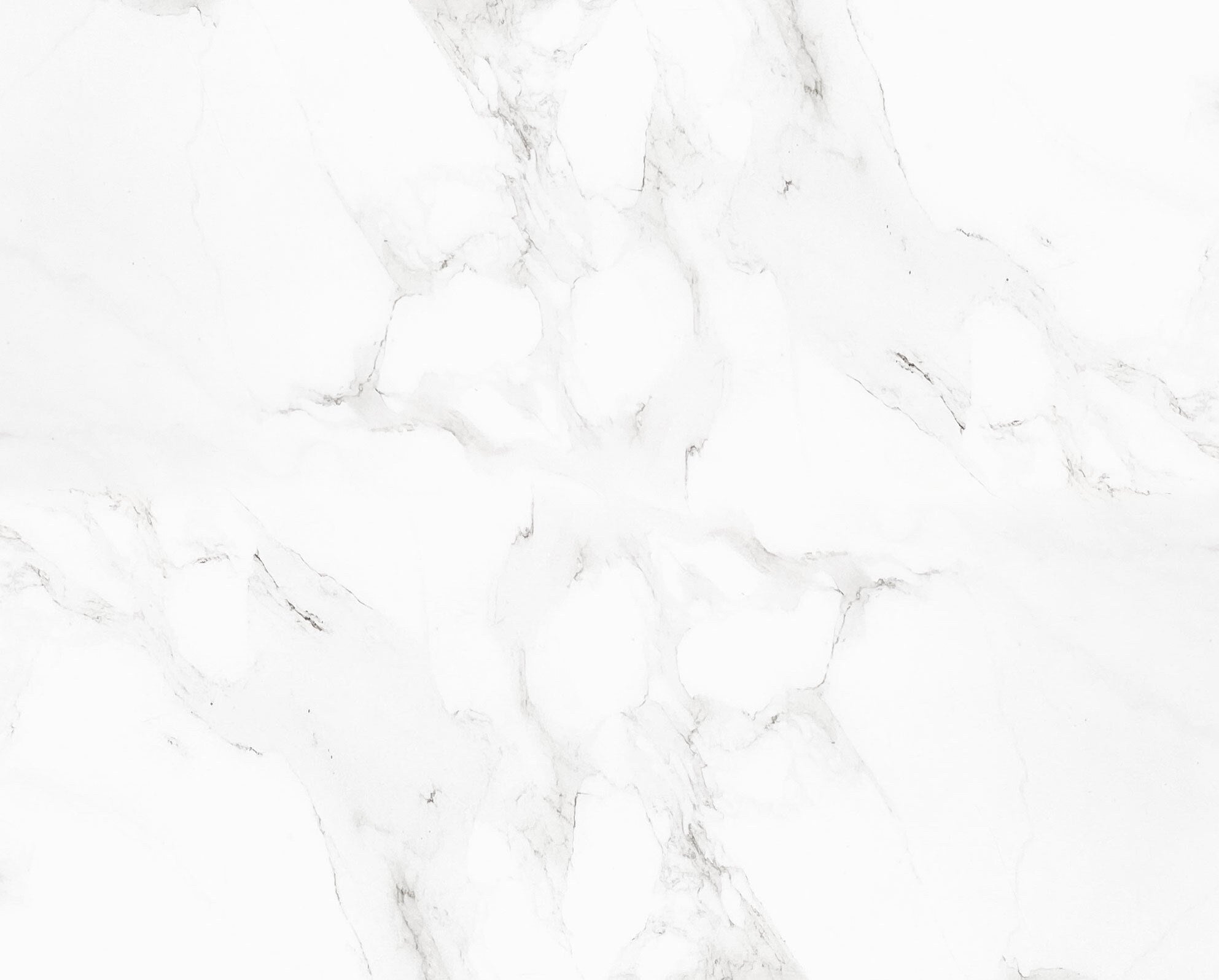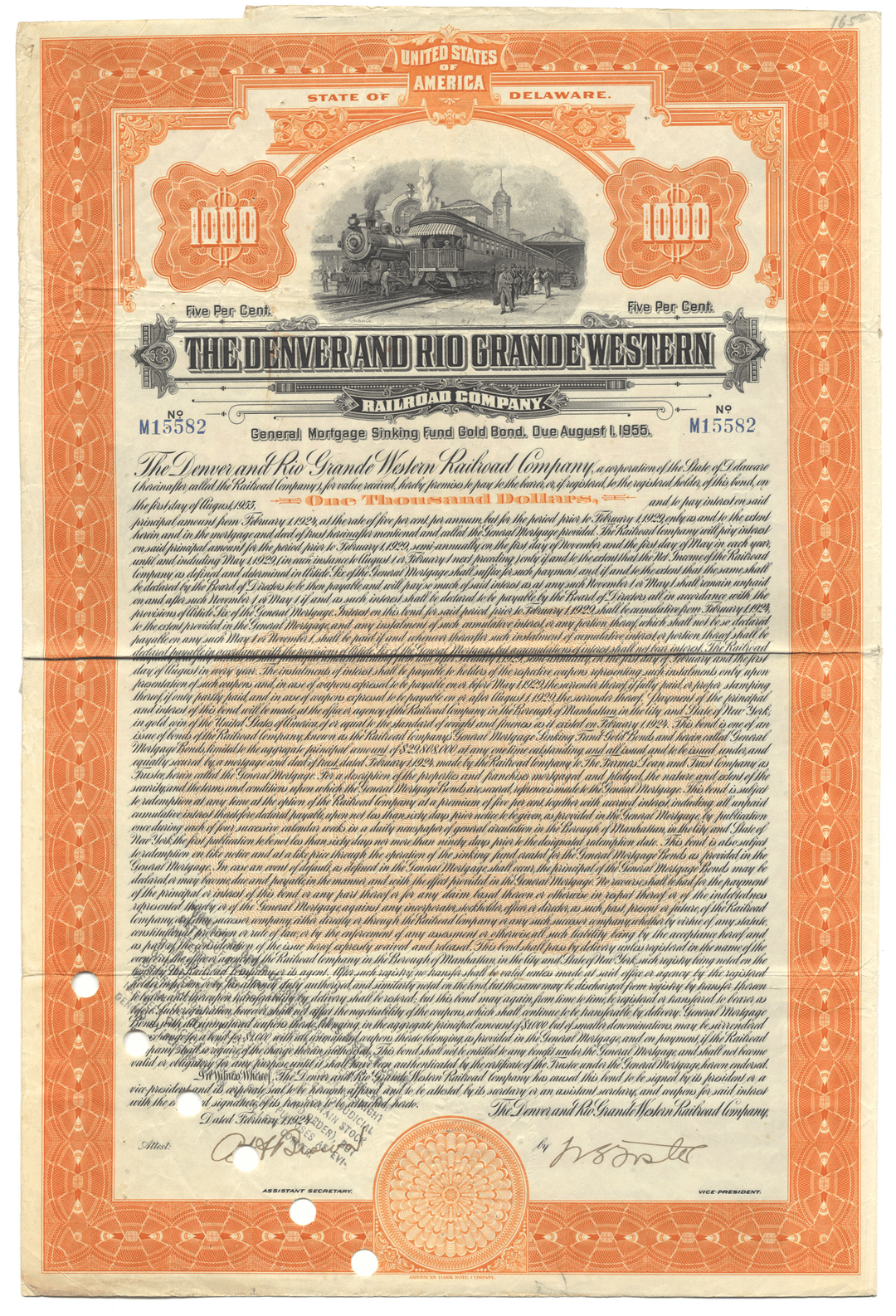
Denver and Rio Grande Western Railroad Company
- Guaranteed authentic document
- Orders over $50 ship FREE to U. S. addresses
Regular price
$ 50.00
$ 50.00
Regular price
Sale price
$ 50.00
$ 50.00
Save
/
You will receive the exact certificate pictured
Over 100 years old
Mortgage sinking fund gold bond
February 1, 1924
Issued, uncanceled
American Bank Note Company
Hand signed
9 3/4" (w) by 15" (h)
NA
Additional Information
Certificates carry no value on any of today's financial indexes and no transfer of ownership is implied. All items offered are collectible in nature only. So, you can frame them, but you can't cash them in!
All of our pieces are original - we do not sell reproductions. If you ever find out that one of our pieces is not authentic, you may return it for a full refund of the purchase price and any associated shipping charges.


